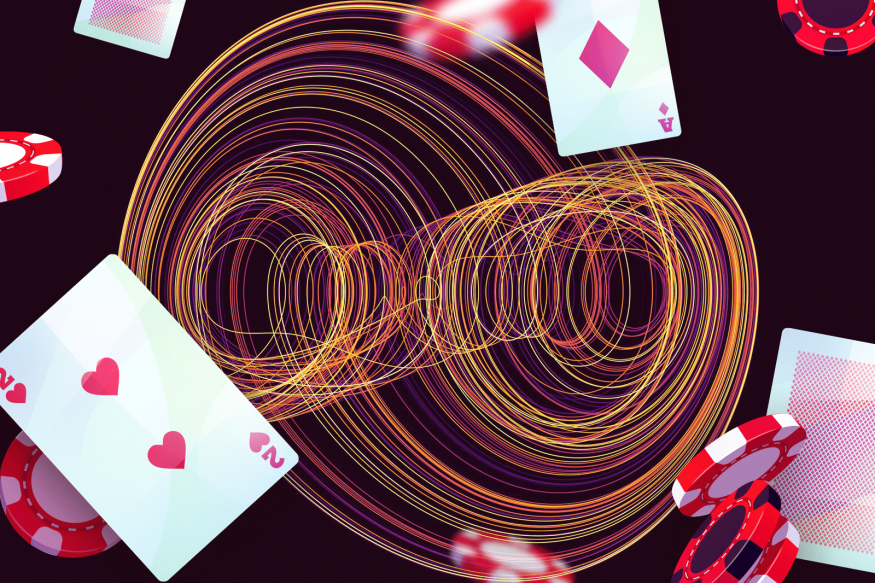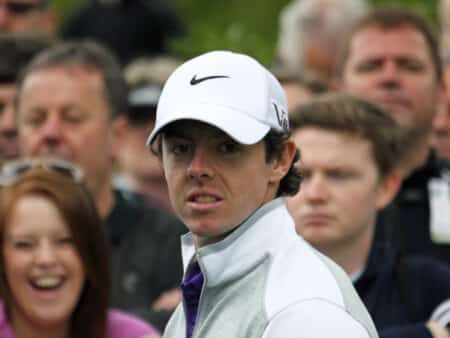Exploring Chaos Theory: Can It Really Help You Beat the Casino?

Understanding Chaos Theory and Its Temptation for Gamblers
Gamblers are always on the lookout for strategies to tilt the odds in their favor, often turning to science and mathematics in search of an elusive edge. Among these strategies, chaos theory frequently emerges as a topic of intrigue. At its core, chaos theory is the mathematical exploration of how minor changes in a system's starting conditions can dramatically alter outcomes. This principle is famously associated with the "butterfly effect"-the idea that a butterfly flapping its wings in one part of the world could eventually lead to a hurricane elsewhere.
Edward Lorenz, an MIT meteorologist and pioneer of chaos theory, coined this concept in the 1960s while creating weather prediction models. The oversimplification of Lorenz's ideas by mainstream audiences quickly sparked speculation about their potential application to casino games such as blackjack and roulette. But does chaos theory genuinely offer a blueprint for beating the house?
Does Chaos Theory Work in Blackjack?
One of the key attractions of blackjack is its non-random nature. The chance of drawing a specific card depends on what has already been played, allowing skilled players to adjust their strategies based on the remaining makeup of the deck. This concept underpins methods like card counting, where an advantage may theoretically be achieved when a high proportion of valuable cards are left undealt.
Chaos theory, which uncovers order in seemingly random patterns, might seem applicable to blackjack at first glance. However, the game's structure is mathematically transparent. While the removal of certain cards influences the odds, the impact is neither sudden nor profound enough to transform blackjack into a truly "chaotic" system as defined by chaos theory.
Simulations of countless blackjack shoes do not reveal tipping points or unpredictable shifts-just steady, arithmetic progressions. In short, while blackjack is influenced by prior outcomes, it lacks the complex, sensitive interdependencies that chaos theory describes.
Can Chaos Theory Crack the Code of Roulette?
Roulette aims to create random, independent outcomes with each spin. The wheel's design is intended to offer each of its 38 (American roulette) or 37 (European roulette) numbers an equal chance. Yet, because real-world wheels and balls are physical objects, they can develop imperfections over time, leading to exploitable biases.
Historic examples reinforce this vulnerability. In 1880, engineer Joseph Jagger earned a fortune by identifying and exploiting a flawed roulette wheel in Monte Carlo. More recently, in the early 1990s, a player using the alias "Harry Gatto" reportedly won over $300,000 from two different wheels by meticulously tracking their outcomes.
These success stories, however, hinged on physical defects-not the principles of chaos theory. Slight mechanical faults, such as bent frets or subtle inclines, can cause certain numbers to appear more frequently than pure chance allows. Still, such irregularities are primarily rooted in physics rather than mathematical chaos. Elements like the weight or material of the ball and even small environmental factors, such as humidity or temperature, have a negligible effect on where the ball lands in practice.
How Casinos Defend Against Advantage Play
Back in the late 1970s, university students experimented with early computer-assisted devices to analyze roulette outcomes, managing to predict landing zones and gain notable advantages. By timing the speed of the ball and the wheel, and calculating where the ball would likely fall, advantage players could bet with up to a 40% edge under ideal conditions.
However, executing such techniques without drawing suspicion has grown increasingly challenging. Modern casinos watch for suspicious behavior, especially late betting or the use of smartphones near the tables. Staff are trained to spot unusual patterns, and some casinos even restrict bets soon after the ball is launched to prevent technology-fueled prediction.
Routine maintenance and technology have further bolstered security. Large casinos regularly inspect and calibrate their roulette wheels, scanning for irregularities and quickly rectifying any potential weak points. Electronic tracking systems log and analyze each spin, making it much harder for anyone to quietly gather data and exploit biases. Today, any system-and many are commercially sold-that promises to a guaranteed roulette win by chaos theory should be treated skeptically.
Tip: Some casinos randomly switch roulette balls of different weights and materials or store extra balls at the table, thwarting precise predictions even if someone had advanced physics models.
The Bottom Line: Can Chaos Theory Beat the House?
While stories of exploiting roulette wheel flaws are real, these successes stem from physical imperfections and diligent observation-not chaos theory. Blackjack is mathematically structured but lacks the complexity to fall under the scope of chaos theory.
Casinos have learned from history and now employ stringent checks, technology, and well-trained staff to safeguard against every imaginable angle of advantage play. For most players, using chaos theory as a shortcut to riches remains more fantasy than reality.
If you're tempted by systems that tout chaos theory or similar scientific breakthroughs as a way to beat casino games, remember that the best defense is robust casino oversight-making such strategies highly impractical in the modern gambling landscape.













